From Find Law and Alliance Defense Fund:
Does It Matter that the Constitution Never Uses the Phrase "The Separation of Church and State"? The Coons/O'Donnell Debate and the Importance of Constitutional Metaphor
By VIKRAM DAVID AMAR and ALAN BROWNSTEIN
Friday, October 22, 2010
In this column, we analyze and elaborate upon a recent, highly-publicized exchange between Christine O'Donnell, the Republican candidate for the U.S. Senate in Delaware, and her Democratic opponent, Chris Coons. In a debate between the two candidates, Ms. O'Donnell is quoted as having said, "Where in the Constitution is the separation of Church and State?" and, "Let me clarify, you are telling me that the separation of church and state is in the First Amendment?" In response to Mr. Coons's rejoinder that the First Amendment provides that "Government shall make no establishment of religion," Ms. O'Donnell replied: "That's in the First Amendment?"
To be precise, and for the record, we acknowledge that the text of the First Amendment does not use the exact phrase "the separation of church and state." Nor does this phrase appear anywhere else in the Constitution. But the First Amendment does, notwithstanding Ms. O'Donnell's incredulity, state explicitly that "Congress shall make no law respecting an establishment of religion."
But let's cut to the question that we think lies at the heart of the exchange between the two candidates: Is it important that the Constitution never uses the phrase "the separation of church and state" in its text? Not really, or more accurately, not nearly as much as some people think.
The Meaning and Pervasiveness of Metaphor -- and Why Constitutional Metaphor Matters
The phrase "the separation of church and state" is a metaphor. It is a shorthand description of a much more complicated interpretation of the constitutional text. As such, whether it appears literally in the words of the Constitution's text is not terribly important. What is important is whether this metaphor accurately captures the meaning of the constitutional guarantee that "Congress shall make no law respecting an establishment of religion or prohibiting the free exercise thereof."
There are numerous other metaphors and shorthand phrases that are conventionally, and usually helpfully, used to describe constitutional provisions. The fact that none of these terms is actually used in the text is largely irrelevant to the question of whether they are accurately communicating what the Constitution means.
For example, we all know that we live in a "federalist" system and that "federalism" is an important constitutional principle. But the term "federalism" never appears in the Constitution's text. No one thinks that the absence of this precise word undermines the idea that the Constitution creates a federalist system in which both the state and national governments exercise important powers.
In the same vein, every schoolchild learns about "the separation of powers" and the system of "checks and balances" that control the operation of the three branches of government-- the executive, the legislature, and the judiciary. But neither of these phrases appears in the constitutional text. So what? The important question is whether they correctly describe or characterize the government structure that is created by the Constitution.
We are all familiar with the statement that "Our Constitution is color blind." This is a quote from Justice Harlan's famous dissent in Plessy v. Ferguson. It is not in the Constitution's text. It is a metaphor to help capture the meaning, or at least one asserted meaning, of the Equal Protection Clause of the Fourteenth Amendment.
Constitutional cases commonly discuss important rules that determine who may bring a case in federal court, and whether the courts have the power to hear particular claims. We ask whether a plaintiff has "standing" to sue, and whether a case is "ripe" for adjudication and not "moot." None of these terms is in the text. The actual language in the text refers to the courts' having jurisdiction (or, more precisely, "judicial power") over "cases" and "controversies." "Standing," "ripeness," "mootness," and other terms (indeed, the term "jurisdiction" itself) are used to implement the textual language. How important is it that none of these terms is employed in the text?
The Value (and Inevitability) of Metaphor in Constitutional Debate
Debate about the meaning of the Constitution would be substantially improved if people stopped playing "gotcha" and asking whether a metaphor is literally in the text of the Constitution, and instead started talking about the real issue: Whether the metaphor or shorthand phrase in question is useful in moving us towards accurately understanding what the Constitution means.
With regard to the separation of church and state, the answer to that question is that the phrase is accurate to some extent, but it is too abstract to provide meaningful guidance as to how a great many constitutional problems should be resolved. Virtually everyone agrees that there must be some separation of church and state. Obviously, the church cannot run the government. An ecclesiastic theocracy would be unconstitutional under any jurist's conception. And the government cannot run the church; government doesn't get to decide who should serve as clergy in houses of worship, or how churches should orchestrate their worship services.
But it is also clear that there cannot be a total separation of church and state. The government's fire department will (and should) respond to put out a fire at a local church. Lawmakers may permissibly take into account religious beliefs when they allow schoolchildren to be legally absent from school to observe religious holidays, or when they exempt religious pacifists from conscription as conscientious objectors. At the extreme poles of the continuum, the separation, or conflation, of church and state isn't very controversial.
Between these poles, perhaps the best that can be said in brief about the separation of church and state is this: The Free Exercise Clause prohibits government from interfering with religious belief and practice in some settings. The Establishment Clause prohibits government from subsidizing or promoting religion up to a point. If government cannot interfere with religion and cannot promote religion, then government pretty much has to be separate from religion. Accordingly, to the extent that the Free Exercise Clause prohibits government from interfering with religion and the Establishment Clause prohibits government from promoting religion -- but only to that extent -- the First Amendment requires the separation of church and state.
Of course, church-state relationships can be far more complicated than these easy examples and abstract summary can capture. There are thousands of cases, and a voluminous literature, discussing the scope and meaning of the separation of Church and State. We recognize that there are important and controversial issues subsumed within this phrase. Our point is simply that not much is accomplished in trying to answer these questions by acknowledging that the phrase itself is not part of the constitutional text.
Beyond Metaphor -- the Need to Supplement the Bare Text of the Constitution
On a similar note, we think it is important for people to understand that there are numerous places where the constitutional text does not provide explicit language to dictate, or even support, what courts have interpreted the Constitution to mean. And there are many places where the Constitution does not say what many people believe the Constitution says.
Here, we are not speaking about controversial decisions such as Roe v. Wade and its development of the right to have an abortion: The problem is much broader than that. There are constitutional gaps or absences that undermine both conservative and liberal interpretations of constitutional law. If someone claims to be a strict constructionist in the sense that s/he adheres literally to what the constitutional text says and does not say, then s/he has to confront some serious problems.
For example, conservative jurists and commentators adamantly insist that the Eleventh Amendment protects the sovereign immunity of states against lawsuits that are brought against them by citizens of another state or by citizens of their own state. The problem with this analysis is that the Eleventh Amendment never mentions the words "sovereign immunity," and on its face, the Amendment applies only to suits brought by citizens of another state against a state government. There is not a word in the Amendment about lawsuits that are brought by the state's own citizens.
Consider another of the Constitution's omissions: Liberal jurists argue that the right to vote is protected by the Constitution. Yet no such right appears in the text. The right to vote cannot be denied or abridged on the basis of race, sex, or age (if the voter is over 18.) The right to vote cannot be denied or abridged because a voter has failed to pay a poll tax. The Fifteenth, Nineteenth, Twenty-Fourth and Twenty-Sixth Amendments make that clear. But there is no generic "right to vote" anywhere in the constitutional text. If the Constitution's text were our only guide, then government could deny the right to vote for any reason other than those four which are explicitly prohibited.
Just about everyone -- conservatives and liberals alike -- believes that the Equal Protection Clause prohibits the federal government from discriminating on the basis of race. Reliance on the constitutional text alone, however, makes this a much more difficult argument than one might suspect. The Fifth Amendment of the Constitution, which was originally understood to apply exclusively to the federal government and not the states, prohibits the deprivation of life, liberty, or property without due process of law. The Fifth Amendment says nothing about equal treatment or equal protection.
The Fourteenth Amendment, which on its face only pertains to state governments, also prohibits the deprivation of life, liberty, or property without due process of law. This phrase has been understood to incorporate most of the first eight amendments, the Bill of Rights, and to make them applicable to the states. The Fourteenth Amendment goes on to prohibit a state from denying "to any person within its jurisdiction the equal protection of the laws." Thus, it is clear that state governments cannot deny to persons the equal protection of the laws. However, there is no language comparable to the Equal Protection Clause that imposes a similar mandate on the federal government.
As a practical matter, there is no need to worry about this omission. In 1954, in Bolling v. Sharpe, the Supreme Court made it clear that the federal government is bound by equal- protection principles. But that conclusion cannot easily rest on a literal interpretation of the text.
The moral of this story -- or should we say, this column -- is that resort to the text in isolation takes us only so far in adjudicating cases under the Constitution. There is no escape from the burden of interpretation. Insisting that we can look no further than what the Constitution literally says may make for great political rhetoric. However, it does not do justice to the work of the courts, or to the problem of maintaining a constitutional system for a country of more than 300 million people over centuries of time in a rapidly changing world.
--------------------------------------------------------------------------------
Vikram David Amar, a FindLaw columnist, is the Associate Dean for Academic Affairs and Professor of Law at the University of California, Davis School of Law. He is a 1988 graduate of the Yale Law School, and a former clerk to Justice Harry Blackmun. He is a co-author, along with William Cohen and Jonathan Varat, of a major constitutional law casebook, and a co-author of several volumes of the Wright & Miller treatise on federal practice and procedure. Before teaching, Professor Amar spent a few years at the firm of Gibson, Dunn & Crutcher.
Alan Brownstein is a Professor of Law and the Boochever and Bird Endowed Chair for the Study and Teaching of Freedom and Equality at the University of California, Davis, School of Law.
This column derives from an essay that Professors Amar and Brownstein wrote for the online component of the Cardozo Law Review called "de novo."
First Amendment Articles
Comprehensive Research Coverage Of Key Issues & Topics. Check Info Now
www.FirstAmendmentCenter.org
Subscribe to:
Post Comments (Atom)
.gif)



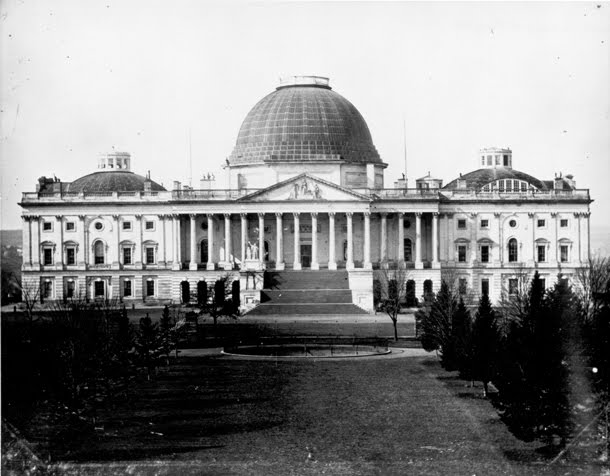









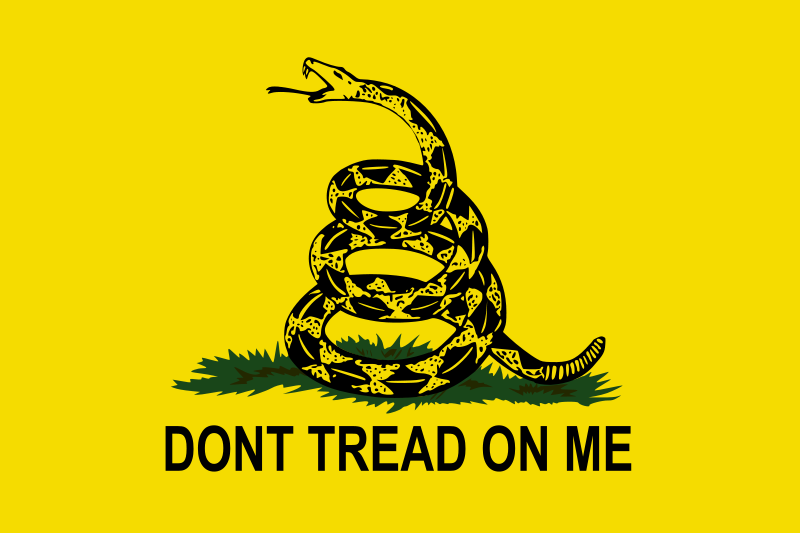
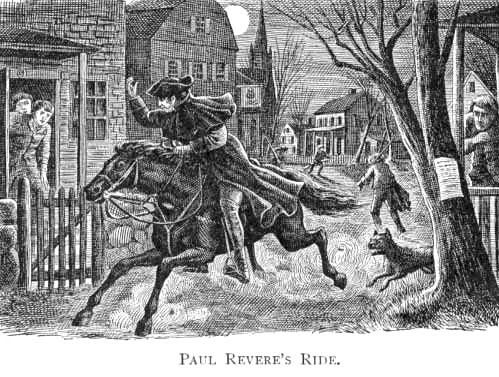

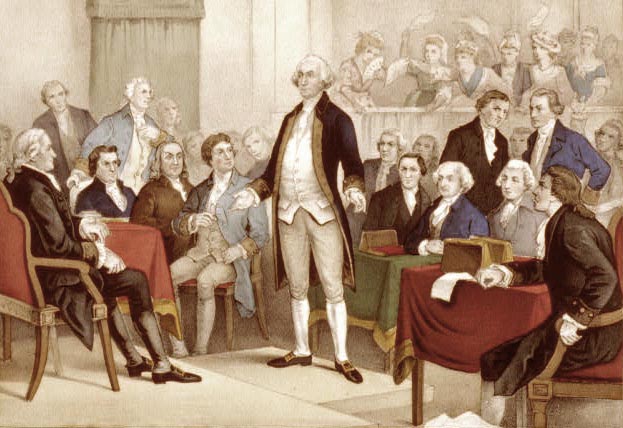

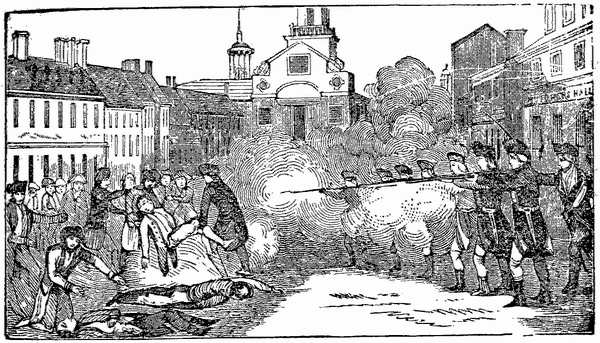

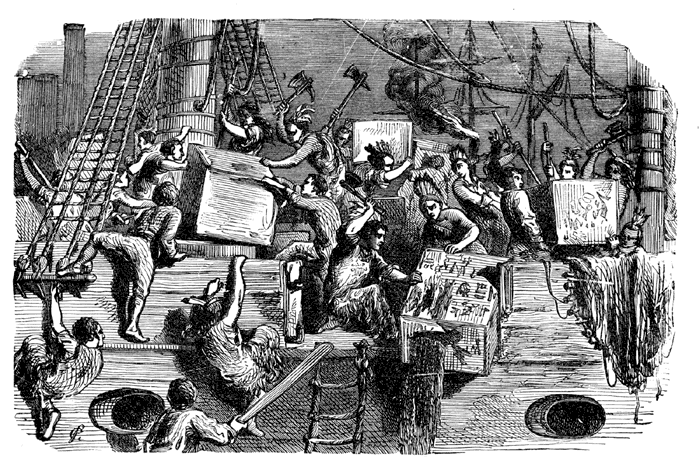




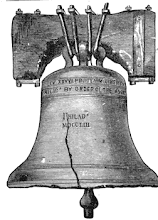




No comments:
Post a Comment